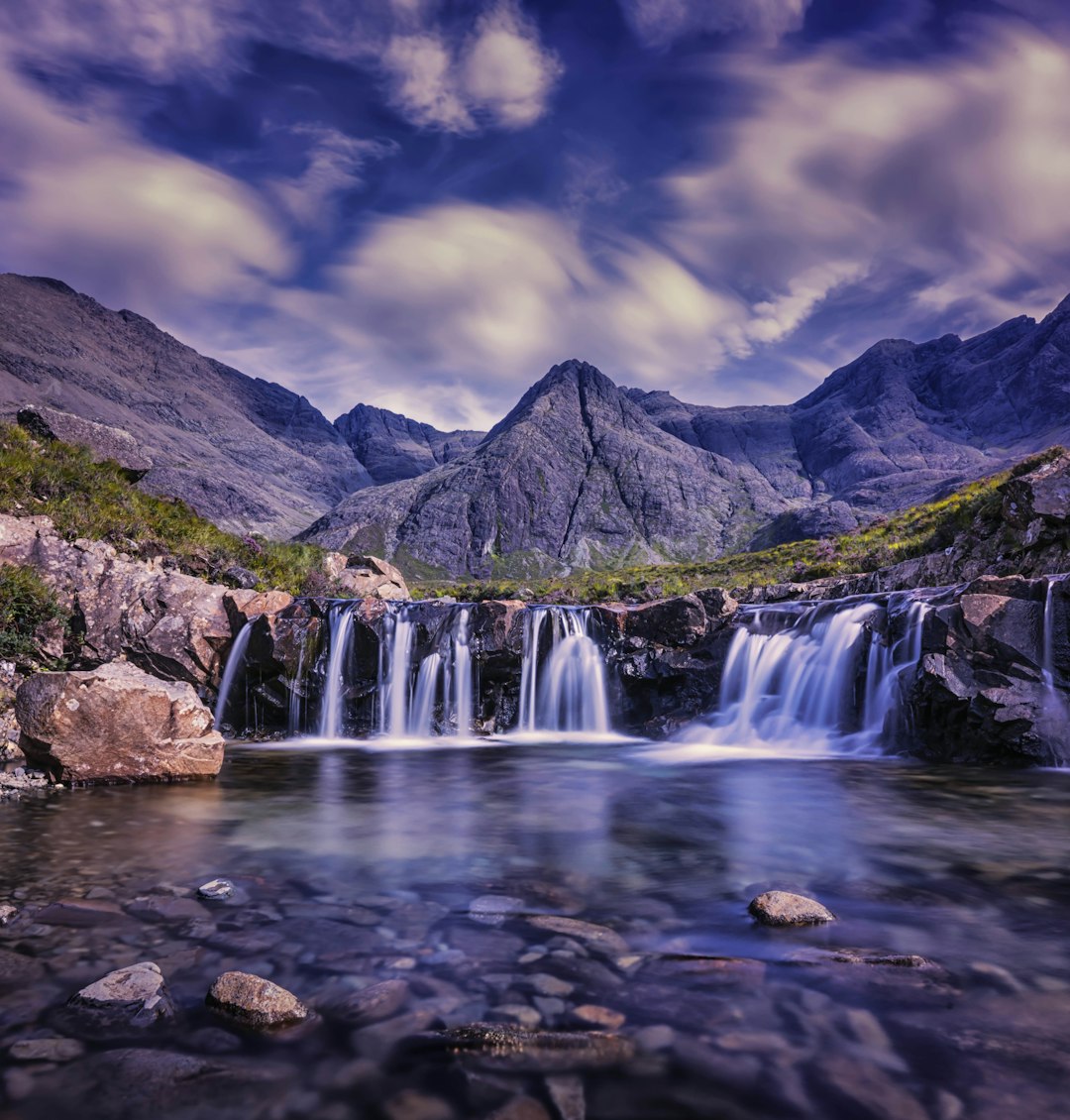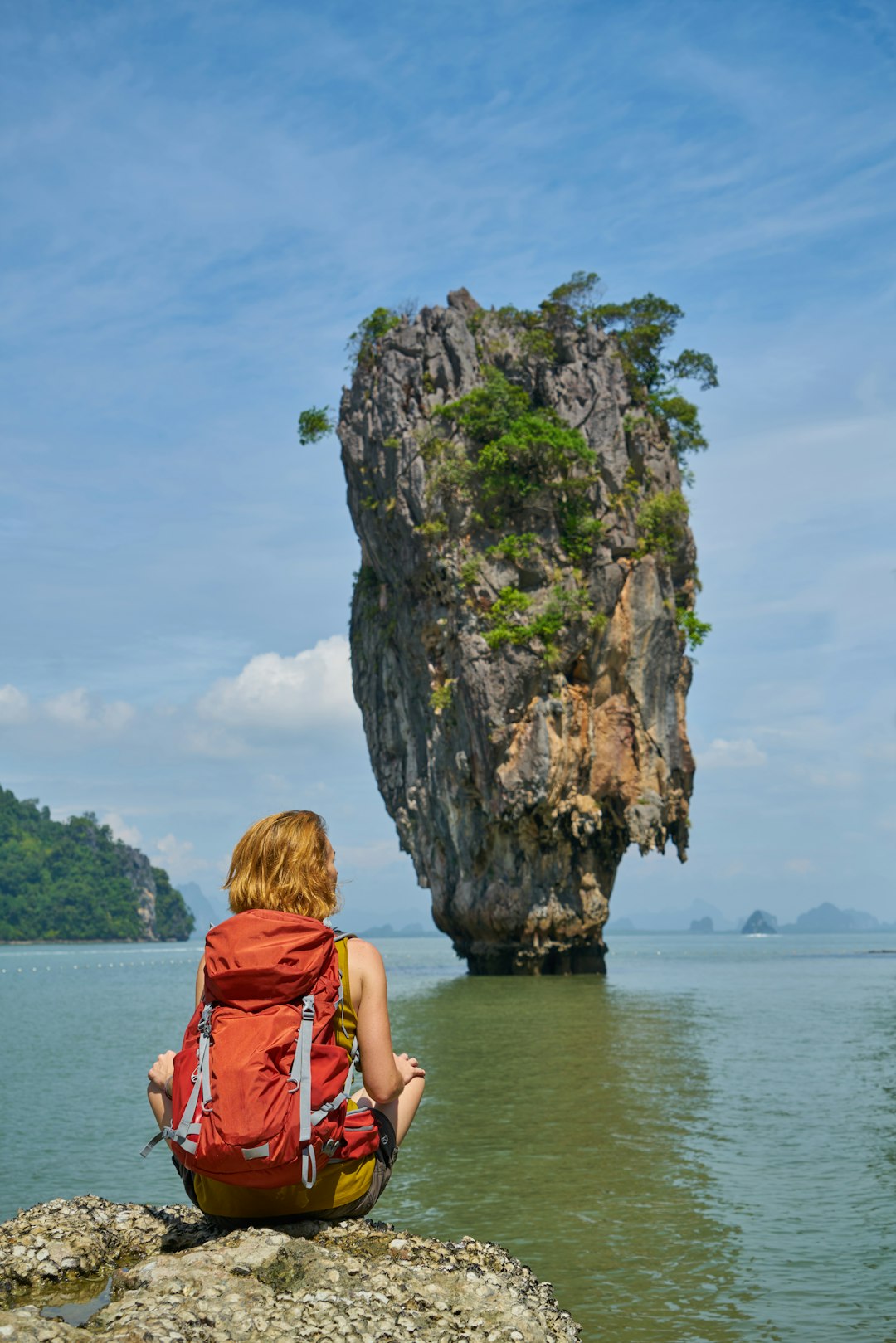
Top Waterfall Destinations: Nature's Majestic Wonders
# Introduction. Waterfalls have a mesmerizing allure that captivates the heart of every traveler. They are not just bodies of water tumbling over cliffs; they are stunning natural monuments that embody the beauty and power of nature. From roaring giants to delicate wisps of water, each waterfall destination offers a unique blend of sights and sounds. Whether you seek adventure or tranquility, these breathtaking waterfalls can provide an unforgettable experience. In this blog post, we delve into some of the top waterfall destinations around the world, each promising a unique experience. # 1. Victoria Falls, Zambia/Zimbabwe. Victoria Falls, often called 'The Smoke That Thunders,' is one of the largest and most famous waterfalls in the world. Located on the border between Zambia and Zimbabwe, this natural wonder measures over a mile wide and plunges more than 350 feet into the Zambezi River. The sheer volume of water cascading down creates an awe-inspiring mist that sometimes produces rainbows on sunny days. Visiting Victoria Falls provides various activities, including white-water rafting on the Zambezi, a scenic helicopter flight for spectacular aerial views, and walking along the various viewpoints that showcase the falls. The best time to visit is in the dry season from June to October when the water levels are lower, allowing for remarkable views and ideal conditions for adventure activities. # 2. Iguazu Falls, Argentina/Brazil. Iguazu Falls, on the border of Argentina and Brazil, is a breathtaking network of 275 cascades that spreads across nearly two miles. The most impressive section, known as Garganta del Diablo (Devil's Throat), is incredibly powerful, with water plummeting from a height of nearly 270 feet. This UNESCO World Heritage Site is a paradise for nature lovers, boasting diverse wildlife and lush rainforests. Visitors can explore the extensive walking trails in both the Argentine and Brazilian sides, allowing for stunning views from various angles. Boat tours take you close to the falls, providing an exhilarating perspective of the rushing water. The best time to visit is during the rainy season from November to March when the falls are at their fullest and most magnificent. # 3. Angel Falls, Venezuela. Angel Falls holds the title of the world's highest uninterrupted waterfall, plunging 3,212 feet from the top of the Auyán-tepui mountain in Venezuela. Surrounded by the lush Amazon rainforest, the falls are remote and accessible mainly by river and canoe. The breathtaking sight of the water cascading into the mystical mist below is one that stays with you forever. A visit to Angel Falls often involves hiking through dense jungles while witnessing the rich biodiversity of the region. The rainy season, which runs from May to November, is the best time for viewing, as the falls are full and spectacular. The adventurous journey to reach Angel Falls is as rewarding as the destination itself, making it a must-visit for thrill-seekers. # 4. Niagara Falls, USA/Canada. Niagara Falls is one of the most iconic waterfalls in North America, drawing millions of visitors each year. Comprising three waterfalls – Horseshoe Falls, American Falls, and Bridal Veil Falls – it creates a spectacular display of thundering water, especially during peak flow in late spring and summer. The sheer power of the falls is intoxicating, and the atmosphere is alive with excitement. Visitors can enjoy a range of experiences, from boat tours on the Maid of the Mist, which takes you close to the raging waters, to observation points for panoramic views. The nighttime illumination of the falls adds an enchanting twist to your visit. Winter offers a unique perspective, as you can witness the icy formations and mist that transforms the falls into a magical winter wonderland. # 5. Havasu Falls, USA. Nestled in the Grand Canyon of Arizona, Havasu Falls is a hidden gem known for its stunning turquoise waters that cascade into dazzling pools. Requiring a challenging hike to reach, this remote waterfall is the crown jewel of Havasupai Indian Reservation, and its beauty is often described as ethereal. Permits are required to visit the falls, as access is limited to preserve this natural wonder. Havasu Falls is best visited in the spring or early fall to avoid the intense summer heat. The journey to the falls not only offers breathtaking views of the canyon but also the refreshing reward of swimming in crystal-clear waters upon arrival. It’s an adventure that combines both physical challenge and serene beauty. # Conclusion. Waterfalls are a testament to the beauty and power of nature, offering experiences that resonate long after your visit. From Victoria Falls to Havasu Falls, each destination provides unique landscapes, thrilling activities, and a connection to the earth’s natural wonders. So whether you seek adventure, serenity, or breathtaking views, certainly a waterfall destination will meet your desires. Pack your bags, grab your camera, and prepare for an adventure that celebrates the majestic beauty of our planet. .







